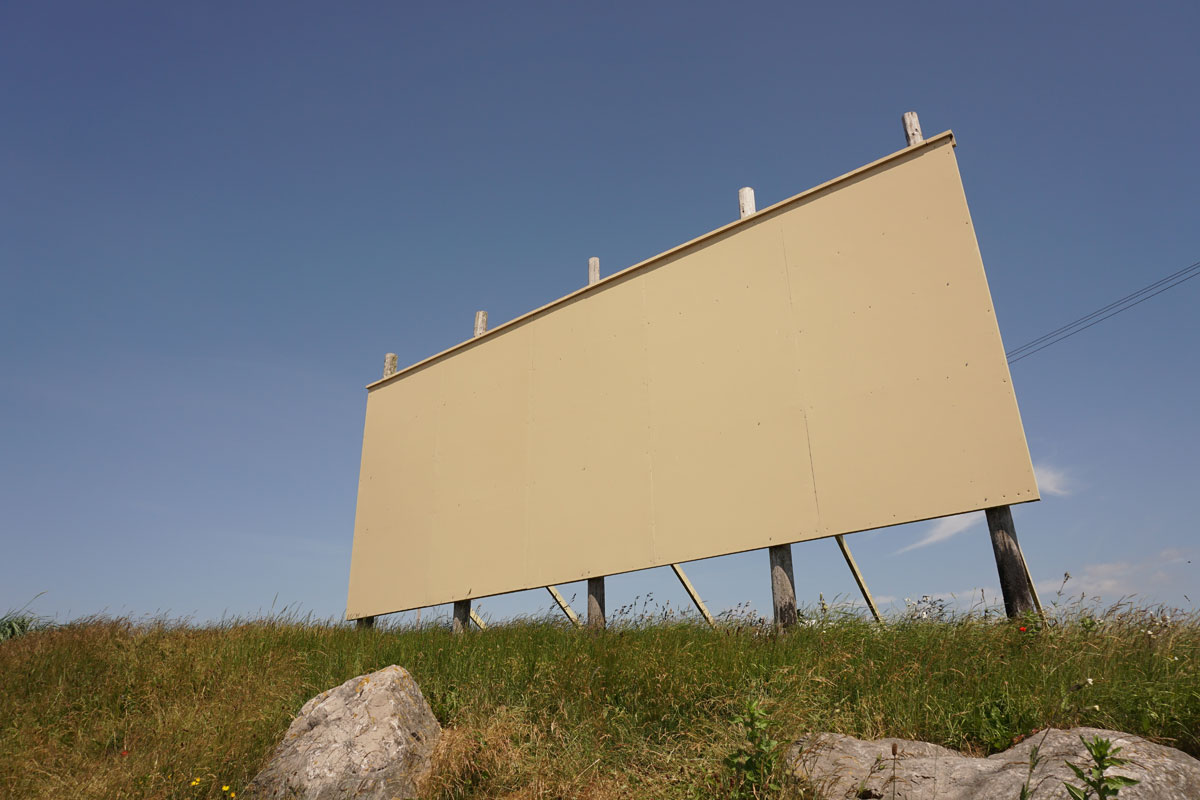Software development has been around for a while. As technology advances so does the need to establish patterns and principles for healthy application development. We know one of those patterns as SOLID. The “D” represents Dependency Inversion Principle (DIP) which is our topic for today.
Interface Segregation Principle – Getting Solid with SOLID – Part 4
Software engineering, like other trades, is something that can be done in many ways. Throughout the years people have established patterns and practices to help craft good software. One set of design principles we’ve been discussing is SOLID. Robert C. Martin coded the Interface Segregation Principle (ISP) which “I” represents.
Liskov Substitution Principle – Getting Solid with SOLID – Part 3
Software engineering principles and patterns help us craft good clean software. One such pattern is an acronym we know as SOLID. “L” represents the Liskov Substitution Principle (LSP) which was coined by Barbara Liskov in 1987. Today I focus on Liskov Substitution Principle and how we apply it in modern application development.
Open/Closed Principle – Getting Solid with SOLID – Part 2
Software engineering principles and patterns help us craft good clean software. One such pattern is an acronym we know as SOLID. “O” represents the open/closed principle simply defined: “open for extension, closed for modification”. Today I’m focusing on open/closed principle and how it pertains to modern application development.
Single Responsibility Principle – Getting Solid with SOLID – Part 1
Software engineering is full of patterns and principles to help you get the job done. Sometimes those patterns and principles are defined very abstract and difficult to understand. Let’s talk about SOLID design principles in a 5 part series. Today we’re discussing the Single Responsibility Principle.






